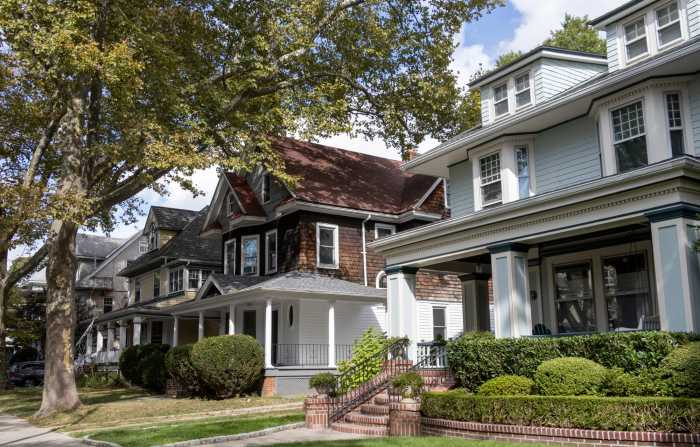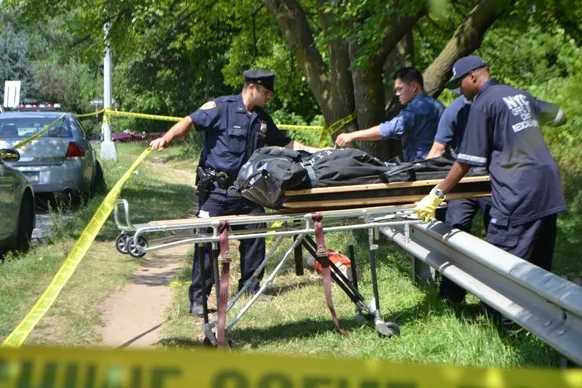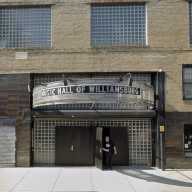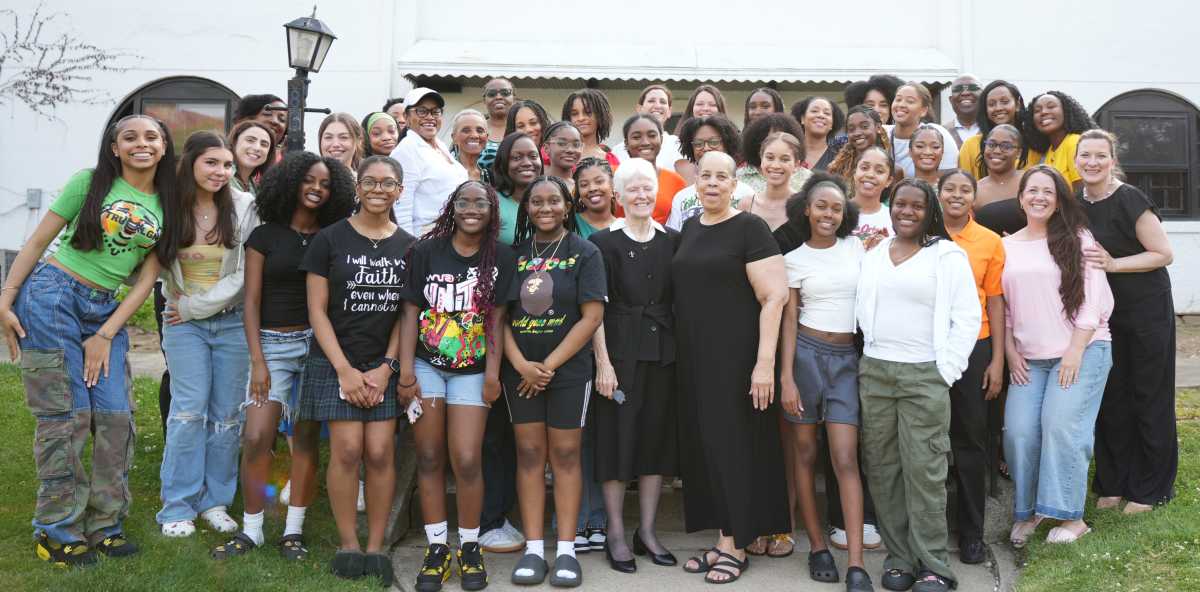Brooklyn College is going ahead with plans to relocate the community garden now sited at the western end of the school’s athletic field.
The garden, which had been developed over a decade ago on land belonging to the college, under an agreement between Brooklyn College and the South Midwood Residents Association (SMRA) had grown to over 6,500 square feet over the years on the piece of property loaned for that purpose by the college after SMRA lost its original community garden site when the land it was situated on was developed.
Now, with the continuation of the school’s West Quad project, which entails moving back the field, the college “needs to reclaim the garden” and plans to allow the community garden to take up only 2,500 square feet of space, as was originally intended, noted Florence Valentino, the co-chairperson of Community Board 14’s Education, Libraries and Cultural Affairs Committee, during the board’s December meeting, which was held in the auditorium of Public School 249, Caton Avenue and Marlborough Road.
While the college is under no obligation to continue providing space for the community garden, it is part of Brooklyn College’s community outreach efforts.
At this point, said Valentino, who had previously met with Nicole Hosten, BC’s director of college and community relations, and Bonnie Impagliazzo, BC‘s director of government and external affairs, “The college is proposing that it will be framed in by a brick wall” to separate the garden from the field. In addition, Valentino said, “The gardeners won’t be able to grow vegetables or compost with fruits and vegetables,” as is currently done.
“There has been some extreme use of the space, and now the college is going to go back to defining exactly what can be used,” she went on.
The new agreement between the college and SMRA is “still in the works,” Valentino added.
Toby Sanchez, an area resident who heads up the community garden, said that the gardeners had met with college officials about a month ago, but hadn’t heard the news that Valentino imparted at the board meeting, and expressed disappointment over several of the provisions that Valentino indicated the college would be pursuing.
Specifically, Sanchez said that, while “we could create something beautiful in 3,000 square feet, we would prefer to have 6,000.” In addition, Sanchez noted that, while the gardeners had been told that there would be a fence, “a brick wall seems very unfriendly.”
She also expressed concern about the prohibition against vegetables, which the gardeners have been growing despite the college’s opposition. While, Sanchez recalled, the school had instituted the ban initially because of concerns about “theoretical health risks” in the future, should there be problems with pollutants in the soil, the soil has been tested more than once and come back clean, Sanchez contended.
The garden is popular with both faculty and students, Sanchez added, noting that there had been a petition drive to keep the garden and that, at two recent town hall meetings, members of the school community had expressed support for the community garden.
Contacted for comment, representatives of the college declined to respond, saying it was premature to speak on the matter while details are being worked out.
























